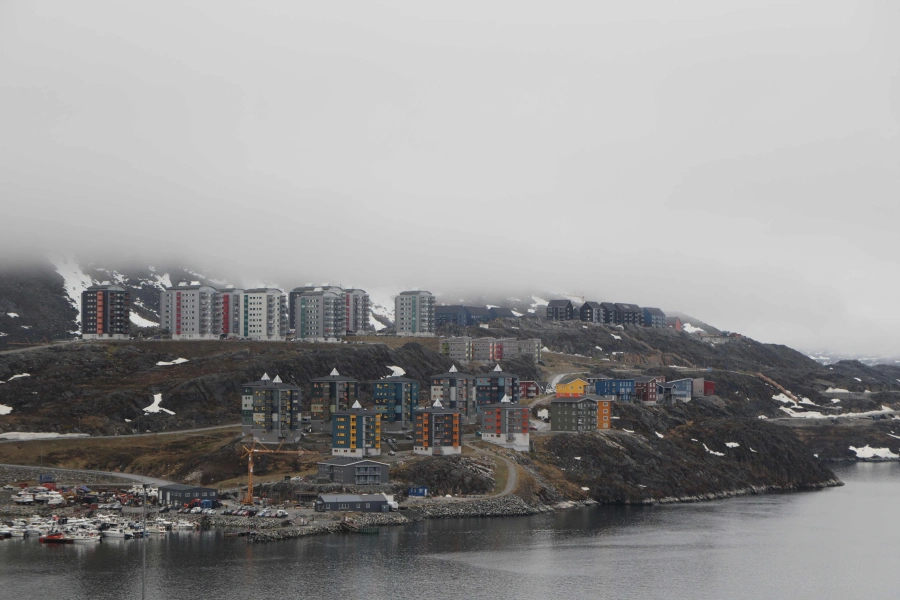KATHMANDU, March 3: Cement exports have raised hopes in foreign trade due to the government’s implementation of effective policies, at a time when the country’s a significant trade deficit. The government’s encouragement of cement exports has resulted in a five-fold increase this year compared to the previous year.
In the seven months of the current fiscal year 2023/24, Nepal has exported cement and clinker worth about Rs 2.6 billion to India, as opposed to just Rs 779.3 million last year. Despite a seven percent decrease in overall export trade in the first seven months of the current fiscal year, the sharp increase in cement exports brings hope to foreign trade.
While other goods exports have declined, cement exports have increased significantly. Last year, cement exports averaged Rs 65 million per month, but this year, the monthly rate has increased to Rs 295 million.
Pashupati Murarka, a former president of the Federation of Nepalese Chambers of Commerce and Industry (FNCCI) and the owner of Arghakhanchi Cement, stated that the export of cement has given hope to the country's export business. Murarka added that there was a plan to export Arghakhanchi cement worth about Rs 2 billion this year. “Cement is a high-value-added product, so there is good potential for growth of its export with effective governmental policies.”
Cement from Nepal is exported to India. According to Murarka, the industrialists aim to export cement worth about Rs 5 billion this year. He added that it was important to facilitate coordination with governmental agencies including the departments of forestry, mines, and customs to overcome legal hurdles and make cement exports competitive.
Maruti Cement, United Cement and Jagadamba Cement found selling...

The government has been subsidizing cement exports to enhance competitiveness against Indian companies. He stated that with government support, Nepali cement can gradually expand its influence in the Indian market.
Various cement brands from Nepal, including Palpa, Arghakhanchi, CG, Sarbottam, Balaji, Bahubali and others have been exported to India. The value added nature of domestically produced cement, utilizing local limestones, helps in reducing the country's trade deficit.
It is a positive effort to be self-sufficient by exporting cement in times when the country is heavily dependent on imported goods. The cement and clinker industry has flourished due to the abundant limestone mines domestically which is the main raw material required for cement production. After the private sector introduces modern technologies to produce quality cement, there is a possibility that the export market will expand.
The government has encouraged the cement industry by providing up to eight percent cash subsidy to industries that export domestic goods and up to 15 percent discount on tariffs to industries that consume more than Rs 100 million in electricity.
According to the Cement Manufacturers' Association of Nepal (CMAN), the industry here has the capacity to produce about 25 million tons of cement annually. Only about 12 million tons are consumed annually in the domestic market. The remaining 12.5 million metric tons of cement are available for export.
Dhruba Thapa, president of the CMAN, suggested that by reducing taxes, giving concessions on electricity tariffs, and export subsidies, Nepal could export cement worth about Rs 150 billion annually. The association is demanding the removal of multi-tax imposed by various agencies on cement and reduction of production costs through electricity tariff discounts.
India's UP, Bihar are identified as the potential markets for Nepal’s cement exports. According to the Nepal Bureau of Standards and Metrology, Nepali cement is perceived to be of good quality and capable of competing with international brands, driving increased investment in the cement industry.
Although the history of cement production in Nepal is not long, the government policy has made a leap in a short time. Himal Cement Industry was first established in 1974 with government investment. The private sector has operated more than five dozen industries while there are two government cement industries.
After the political change of 2046 BS, the private cement industry has been flourishing since the environment where anyone who wants to do business can get permission. Government policies have encouraged operating the cement industry. With the support of the government, the road networks are made accessible to the industrial mine.
Butwal Cement Mills was registered in the Department of Industry for the first time on May 15, 1996 from the private sector. After this, cement industries gradually came into operation with the investment of the private sector. According to the Department of Industry, more than 100 cement industries have received operating permits so far.
In the past, the industry, which was importing clinker from abroad, is now rapidly producing itself. Now there are two types of industries: grinding and clinker production. Due to abundant limestone resources in Nepal, industrialists have also given high priority to clinker production. The cement factories operating in the country have been producing OPC, PPC and PSC cement.





































